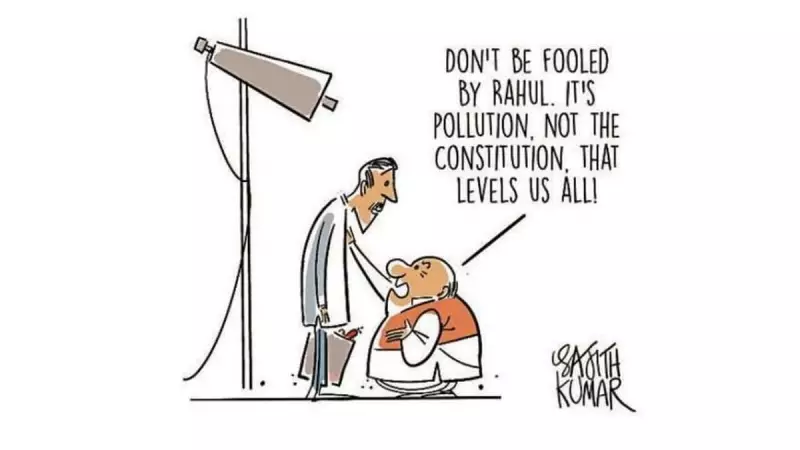
India's battle against pollution has reached a critical juncture as recent findings expose the alarming deterioration of air quality across the nation. The statistics paint a grim picture of an environmental crisis that demands immediate attention and action.
The Stark Reality of India's Air Quality
Current pollution metrics reveal a disturbing trend that affects urban and rural populations alike. Major metropolitan areas continue to register hazardous air quality levels, with particulate matter concentrations frequently exceeding safe limits by multiple factors. The situation has evolved from seasonal concern to year-round public health emergency.
Health Implications You Can't Ignore
The consequences of prolonged exposure to polluted air are becoming increasingly evident in healthcare statistics. Respiratory illnesses, cardiovascular complications, and other pollution-related health issues are showing a worrying upward trajectory. Vulnerable populations, including children, elderly citizens, and those with pre-existing conditions, face the highest risks.
Beyond the Visible: Understanding Pollution Sources
While industrial emissions and vehicular pollution remain significant contributors, the complexity of India's pollution crisis extends to multiple sources:
- Agricultural burning practices in neighboring states
- Construction dust from rapid urban development
- Industrial emissions from manufacturing hubs
- Household pollution from traditional cooking methods
- Vehicular exhaust from growing transportation needs
The Economic Toll of Environmental Degradation
Beyond health concerns, the pollution crisis carries substantial economic implications. Reduced workforce productivity, increased healthcare expenditures, and damage to agricultural yields collectively represent a significant drain on national resources. The long-term economic impact could potentially undermine India's growth trajectory if left unaddressed.
Pathways to Cleaner Air
Despite the grim statistics, experts suggest that comprehensive solutions could reverse the trend. Key interventions include:
- Strengthening emission standards for industries and vehicles
- Promoting renewable energy adoption across sectors
- Implementing sustainable waste management practices
- Enhancing public transportation infrastructure
- Developing green spaces in urban planning
The urgency of addressing India's pollution crisis cannot be overstated. As data continues to reveal the scale of the challenge, the need for coordinated action between government, industry, and citizens becomes increasingly apparent. The quality of air we breathe today will determine the health of generations to come.





